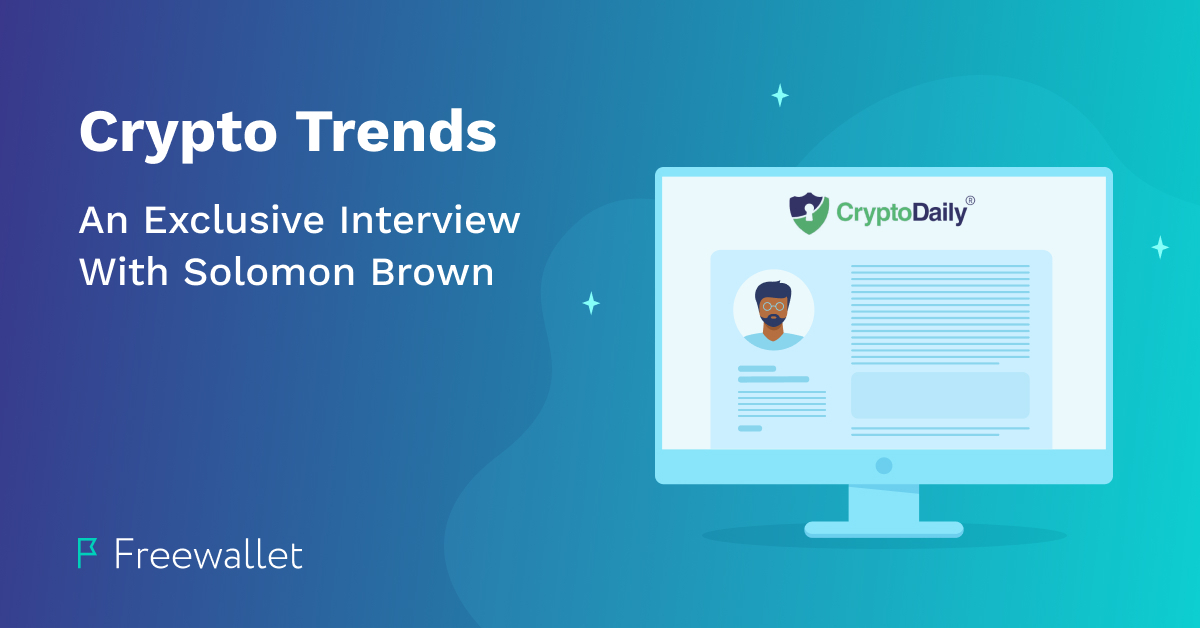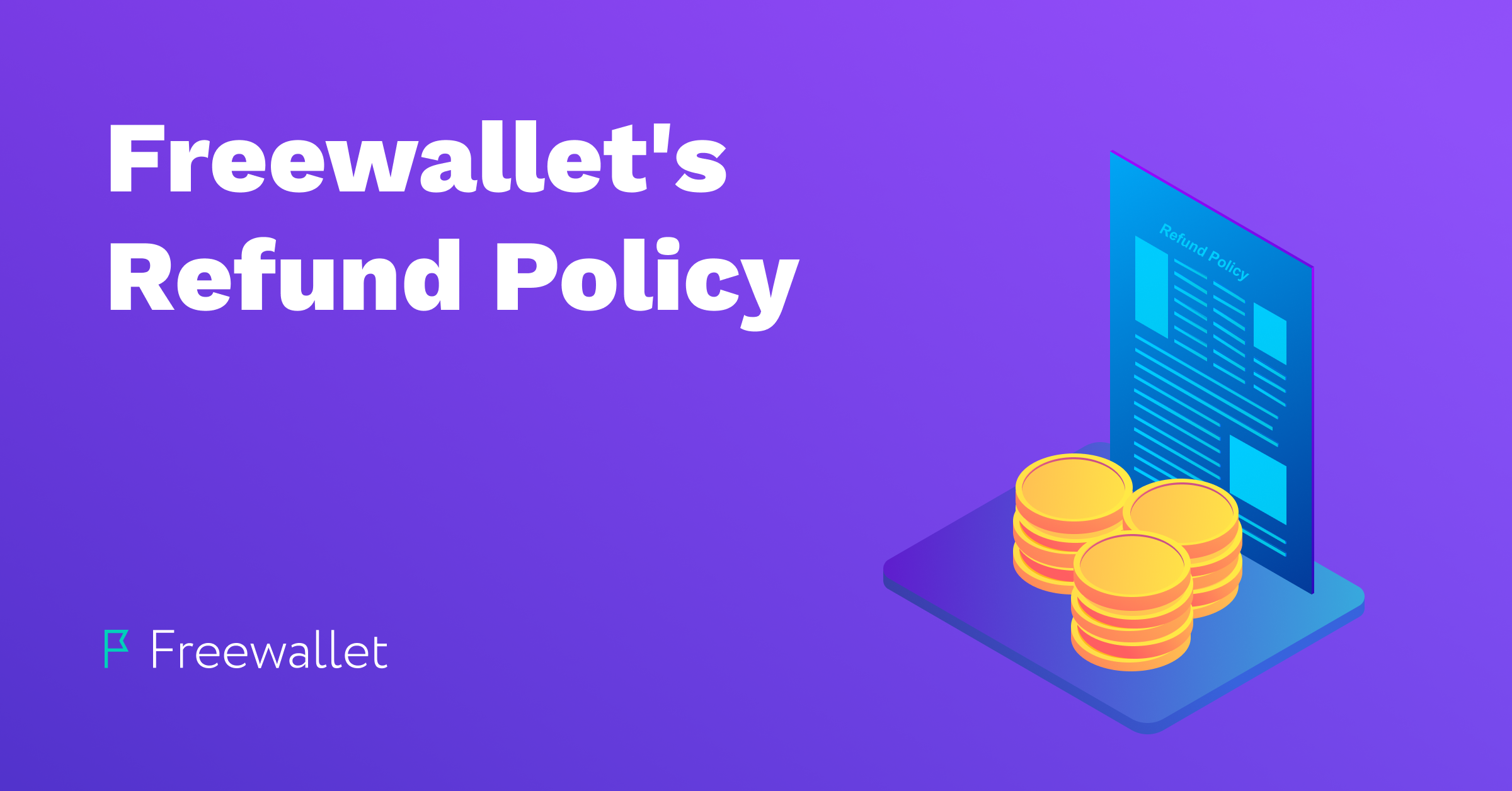In the crypto world, security is everything. We take the security of our users’ accounts more than seriously, so our wallets are equipped with a cohort of top-notch security features. One of them is multisig. Read on to find out what it is, how it’s implemented in our wallets, how to enable it and how it can be used in real life situations.
What is multisig in the crypto world?
Multisignature is a form of technology which allows several users to sign a single document. In the cryptocurrency world, multisignature (more often called multisig) permits multiple users to verify a cryptocurrency transaction, serving as an additional level of security. Multisig works for bitcoin, but can be also implemented in other non-bitcoin-based cryptocurrencies.
Standard transactions on the Bitcoin network could be called “single-signature transactions,” because transfers require only one signature — from the owner of the private key associated with the Bitcoin address. However, the Bitcoin network supports much more complicated transactions that require the signatures of multiple people before the funds can be transferred. These are often referred to as M-of-N transactions.
To use multisig, a user traditionally needs a special multisignature address which requires more than one private key to sign a transaction. Only after the transaction is verified by all the private keys involved can it be broadcast onto the blockchain. To get such an address, a user needs a special wallet that supports multisig, or it would only be possible to make single-signature transactions.
Freewallet supports multisig but, as a hosted wallet, enables it in a user-friendly, non-geeky way.
How does multisig work in Freewallet?
You can sign up to Freewallet with a mobile phone number, Facebook or Google+ account, or an email address. To make withdrawals (send or exchange coins) you’ll need a verified email address.
In the security settings of your Freewallet app (web or mobile), you can enable mandatory email confirmation for every transaction. This way, after requesting to make a transaction, you will receive an email asking you to approve it. Unless you do so, the transaction won’t be completed.
With multisig, you also have the option to add more than one email to that step. Altogether, you can add up to three emails to verify each transaction.
Freewallet multisig only allows N-of-N transactions. Therefore, if there are three emails specified in the multisig menu, you will need a confirmation from all three of them to complete a transaction. It makes it impossible to operate an account as a trustless payment service or an escrow, but allows you to have a joint account with shared ownership responsibility.
How do I enable multisig in my Freewallet account?
Go to Security settings → Email confirmation
Click Add participant and specify the email from which you want to be getting additional confirmation. Once that address is added, we will send an email to it to confirm the operation.
Multisig in Crypto Wallet
From the dashboard go to Settings (⚙️) → Security → Email confirmation
Just as in the web version, click Add address and specify the email from which you want to receive confirmations. Altogether, you can add up to 3 emails.
Multisig in single-currency wallets
In mono-currency wallets, such as Bitcoin Wallet, it works exactly as in the Crypto Wallet app.
Under settings (⚙️) select Security, then Email confirmation.
Click ADD ADDRESS and specify up to 3 email addresses from which you want to receive confirmations. Don’t forget to confirm the operation from each of them.
What can you do with multisig?
Mainly, multisig should be enabled for security reasons, but it can also be a means of distributing responsibility for holding cryptocurrency. For example, an account with multisig transaction confirmation can be used as a joint account that everyone has access to, but can’t make a transaction without the confirmation of other stakeholders.
Here’s how it can be applied in the real world:
- Partner savings account. Both partners can top up the wallet, but can’t withdraw funds without mutual agreement.
- Allowance account. The donator tops up the wallet, and the recipient can withdraw funds, but only with the permission of the donator.
- Business expense account. An account to which several people in the company have access to monitor money movement, but not make transactions on their own. Performing any transactions requires verification from up to three senior stakeholders.
- Second factor for authentication. If two emails specified for transaction confirmations are used on different devices, a hacker would need access to both of them to withdraw your funds.
- Friday-night proxy. Going out, you ask a friend to be your co-signer not to spend all your crypto in a party frenzy.
Related
Stay tuned
Subscribe for weekly updates from our blog. Promise you will not get emails any more often.
Most Popular
New Posts
Stay tuned
Subscribe for weekly updates from our blog. Promise you will not get emails any more often.






